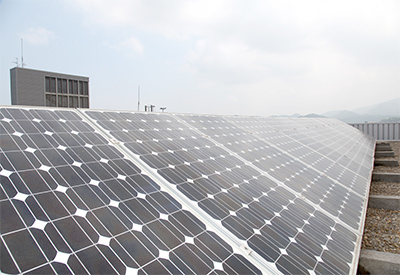Linde Inaugurates World’s First Hydrogen Refueling System for Passenger Trains

August 26, 2022
Linde announced it has inaugurated the world’s first hydrogen refueling system for passenger trains in Bremervörde, Germany.
Linde’s hydrogen refueling system, which it built, owns and operates, will refuel 14 hydrogen-powered passenger trains, enabling each train to run for 1,000 km emission-free on a single refueling. It has a total capacity of around 1,600 kg of hydrogen per day, making it one of the largest hydrogen refueling systems ever built. Linde’s future-ready hydrogen refueling system has been designed and constructed with the ability to integrate future on-site green hydrogen generation. The new hydrogen trains will replace existing diesel-powered trains.
“Linde is committed to making a significant contribution towards decarbonizing transport in Europe,” said Veerle Slenders, President Region Europe West, Linde. “We are proud that Linde’s innovative technology plays a key role in supporting this project and establishing a blueprint for cleaner public transport systems around the world.”
“The world’s first hydrogen train, the Coradia iLint, demonstrates a clear commitment to green mobility combined with the latest technology,” said Müslüm Yakisan, President of Alstom in Germany, Austria and Switzerland. “We are very proud to see the first series operation in action together with our partners Linde, LNVG and evb.”
Linde is a global leader in the production, processing, storage and distribution of hydrogen. It has the largest liquid hydrogen capacity and distribution system in the world. The company operates the world’s first high-purity hydrogen storage cavern plus pipeline networks totaling approximately 1,000 kilometers globally, to reliably supply its customers. Linde is at the forefront in the transition to clean hydrogen and has installed over 200 hydrogen fueling stations and 80 hydrogen electrolysis plants worldwide. The company offers the latest hydrogen technologies through its world class engineering organization, key alliances and partnerships.










![Guide to the Canadian Electrical Code, Part 1[i], 26th Edition – A Road Map: Section 10 – Grounding and Bonding](https://electricalindustry.ca/wp-content/uploads/2022/11/Guide-CE-Code-2.png)





